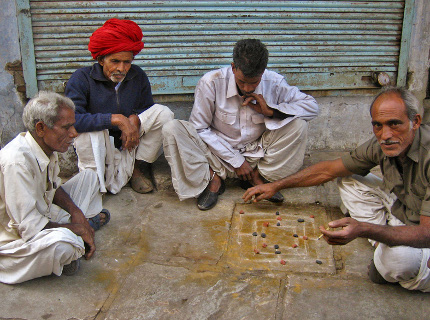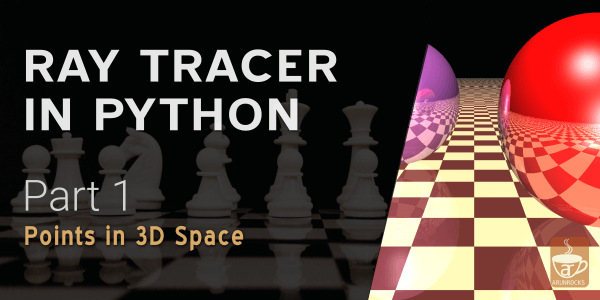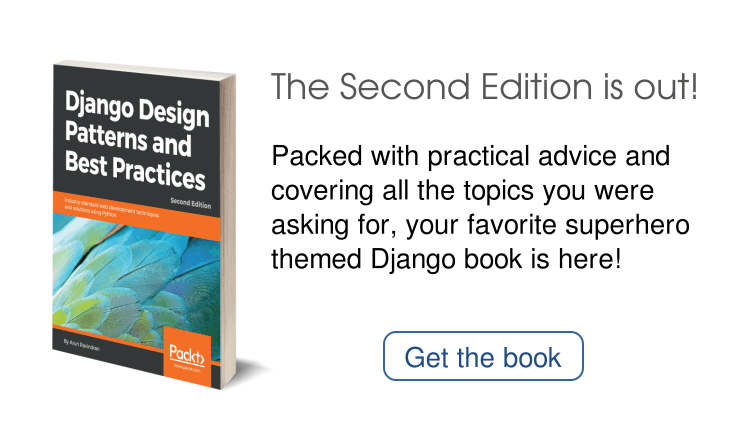I have been recently reading a book on game design that primarily focuses on non-digital games. It is called Challenges for Game Designers. It distills the art of game design to using easily available materials like paper, dice or playing cards. They call it a non-digital approach.
We have all played such games at some point in time. Before video games, as kids, we used to play snakes and ladders or chess. In Kerala, we have several indoor games using easily available materials like pebbles, cowries (kavadi in Malayalam), circassian seeds (manjaadi in Malayalam) and irkili sticks (stiff mid-ribs of coconut leaves). The rules were simple - say, remove the smallest stick without disturbing others or align the seeds in a row. These ‘eco-friendly’ and ‘low-cost’ games used to provide hours of fun to children and adults.

Compared to modern video games these games lack high production values marked by hundreds of detailed 3d modelled characters and unfolding of several hours worth of intricate plots and storylines. These traditional games don’t have any stories, they are mostly tests of skill or chance. They were fun interactive experiences fuelled by imagination.
What’s wrong with my digital game?
The biggest advantage board games have is the trust factor. They exist in a familiar world - the real world. A world with familiar laws of physics and hence predictable outcomes.
Whereas a digital world is essentially a make-believe world created by the game designer. It may or may not follow the rules of the real world. If you touch this strange flower, it might wobble or it might balloon into a giant carnivorous plant. You are not quite sure. If the game designer did not leave tell-tale signs on the flower, the only way to find out is to risk touching it.
To players who are adventurous, this sounds like fun. After all, exploration in a safe world ought to be a fun experience. But you cannot leverage all the experience you had in the real world (which certainly took you several years) into this new world immediately. It is an alien environment and you must invest some time in getting familiar. Even then, there is always an element of Deus ex machina lurking the dark crevices of a digital game.
Board games on the other hand involve familiar or even everyday objects to create experiences which are much greater than sum of its parts. A token on the board will not mutate into something else if you move it to the next square on the board. Nor will it affect the real world you are playing in (unless you are playing Jumanji ).
This principle of least surprise primes you to play the actual game once you finish explaining the game’s rules. Unlike a typical video game, there is no unneeded exploration to get a feel of the environment. In other words, you don’t need to learn to stand up before you can start running.
Another great advantage these non-digital games have is the ease of modifying them. Changing a fundamental game rule such as whether you can use the joker in pack of cards requires just a simple consensus between players. The game rule changes and, in turn, changes the game experience.
On the other hand, a digital game is built using programming tools which in turn builds a rigid mathematical model of the game world. The rules and character behaviours are generally fixed. With the exception of a few games like SimCity or Minecraft, free-style play is discouraged in favour of a mission-oriented game design. For instance, you cannot turn a fire-breathing dragon into a pet.
Rise in popularity of the game-modding community however highlights the desire to do so. Thousands of enthusiasts who like to customise their game experiences from tweaking a game character’s face to reprogramming the enemy AI behaviour enjoy playing and sharing these modifications. However, these modding tools have steep learning curves and need considerable investments in time and effort.
What’s right with my digital game?
What digital games sometimes lack in content is often made up in presentation. Colorful and animated worlds are often the hallmark of digital games. The latter aspect i.e. animated movement is a key element for explaining their appeal.
Computer games and in fact TV screens appeal to the T-Rex part of our brains. This reptilian cohabitant gets easily mesmerised by rapid movements and flashy lights. It expects something essential to survival to happen when there might be none. It is simply a trick on our evolutionary instincts. However, the trick doesn’t work for long as a boring game will not sustain continued interest.
Nevertheless, this initial impression gives digital games an edge over traditional games. A well designed digital game might be more appealing than a well designed board game, especially to young adults.
Digital games also enjoy the advantage of easy distribution. Even within the PC game industry, digital distribution by online purchases is overtaking retail sales of boxed games.
Once made available on the internet, a digital game becomes universally available and ready to play once setup. On the other hand, even if a board game is made free to print-and-play, it takes a lot of cutting and setting up to start playing.
In addition, non-digital games with extensive rules requires someone to read and understand all the rules even before the play begins. Even then, some of the rules might be missed or misinterpreted by an inexperienced player.
The rigidness of the digital game’s world avoids all these pitfalls. The game world is setup as soon as you begin playing and the rules being inviolable can be learnt by exploration. This lowers the barrier of entry to start enjoying the game.
This is a crucial advantage to a causal player who would like to start playing the game as soon as possible rather than get involved in the formalities of learning the game.
Can we have the best of both worlds?
We can certainly imagine a marriage of both worlds - digital and non-digital games. The digital avatars of typical board game like Chess or Cluedo attempt to do just that.
They offer the convenience and packaging of a digital game, yet they use familiar game objects like dice or tokens. However, the end result might not always be well executed. The entire user interface needs to be as intuitive as a board game. Often touch screens like iPads are a good platform for such hybrid games. However, the flexibility of a board game inevitably loses when it enters the rigid world of digital games.
In conclusion, board games are an invaluable legacy that imparts a lot of fun with familiar objects. But would the legacy survive the onslaught of digital revolution in its present form? Or will it evolve into a hybrid variation of both? Only a throw of the dice can tell :)
PS: The headline is paraphrased from a dialog in the cult-classic film The Big Lebowski (1998), “Smokey, this is not ‘Nam. This is bowling. There are rules."




